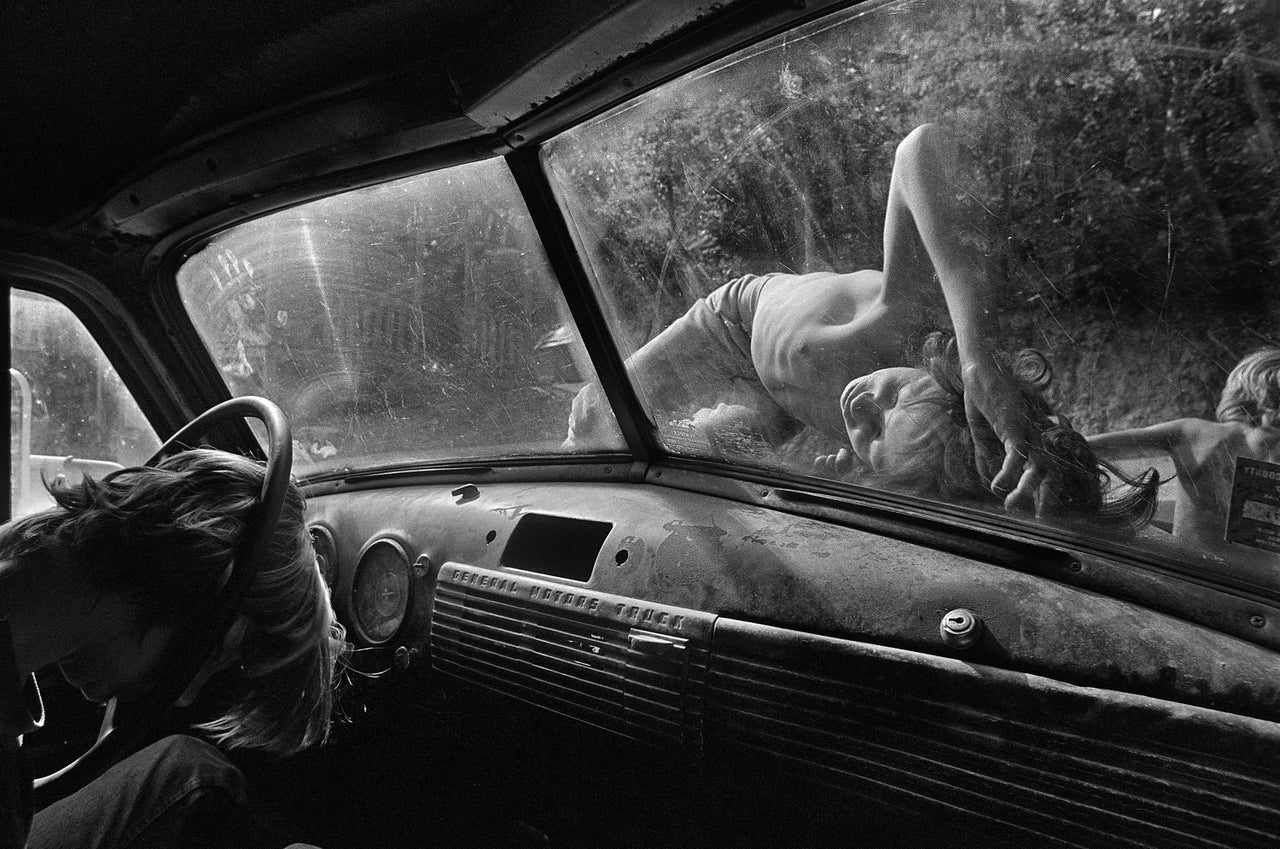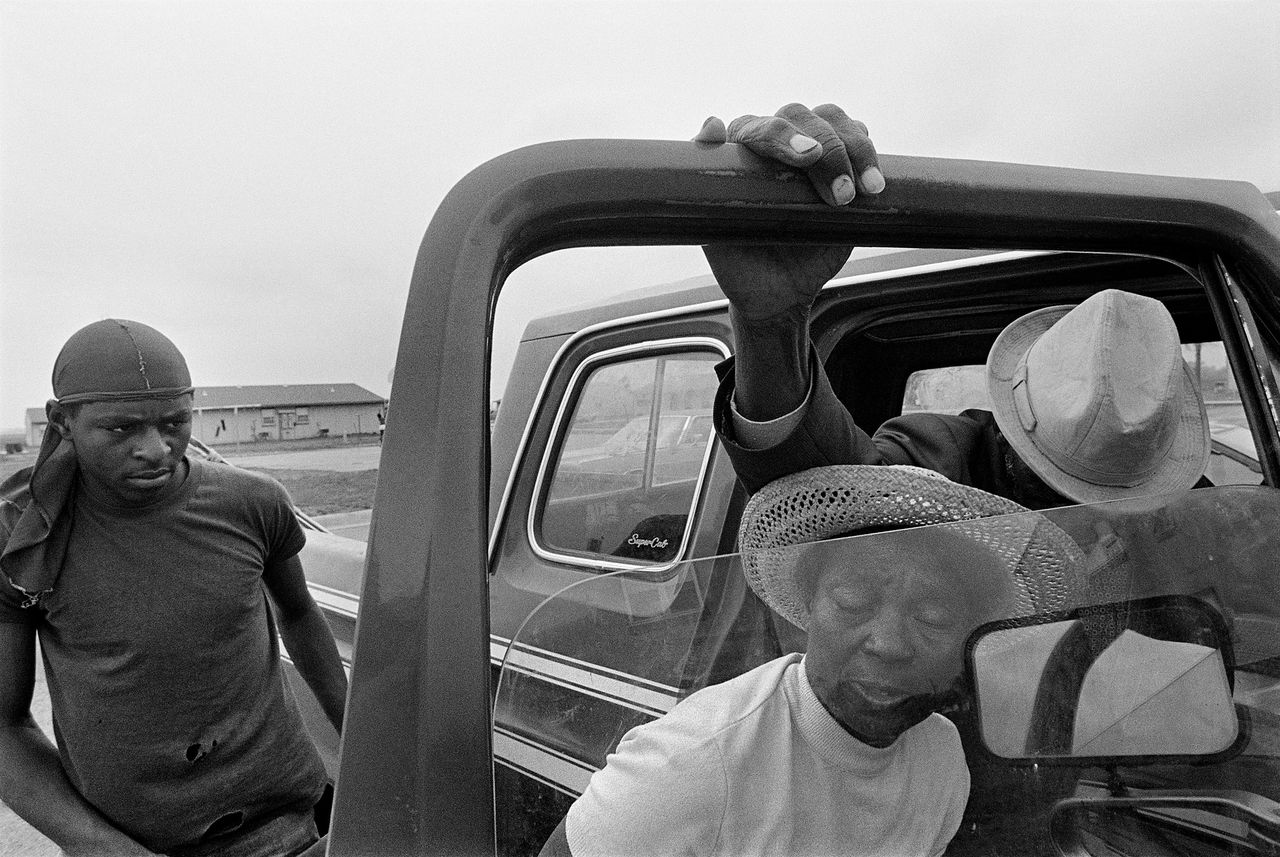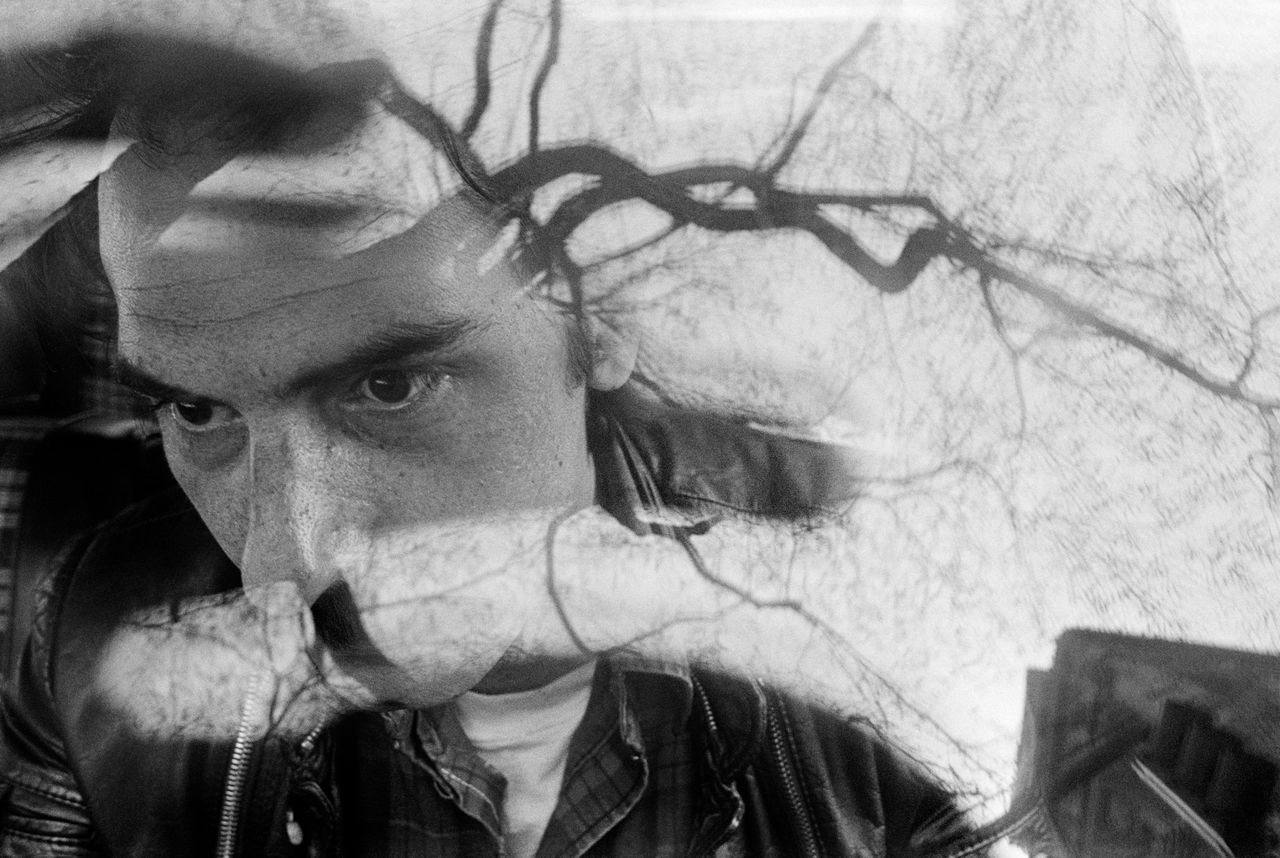“A lot of things lead up to become homeless,” the subject of the photo above, titled “High on Crack,” explained in an interview with photographer Eugene Richards in 1986.
“Let’s say you’re out here, you ain’t made a dime, the first thing you hock your things. You wind up selling this, selling that, to make a rent payment. Then you’re out of the house. When you’re out of the house you’re on the street, and when you’re on the street you gotta get drunk or gotta get high. You gotta get somewhere, because you have to do something, just to get by the day.”
The image and firsthand account are one of 14 profiles in Eugene Richards’ Below the Line. The iconic project-turned-book, created 30 years ago, combines black-and-white photos and first-person recorded interviews in an attempt to understand the nuanced and harrowing story of poverty in America.

Richards was born in 1944 in Dorchester, Massachusetts. In 1968, after graduating from Northeastern University, he joined VISTA, a government program fighting poverty in America. With his camera in tow, Richards reported on civil rights and the Klu Klux Klan in Arkansas. Ten years later, Richards was invited to join Magnum Photos and subsequently worked as a freelance magazine photographer covering a wide range of experiences and injustices affecting American citizens, from drug addiction to AIDS to aging.
In the 1980s, on an assignment commissioned by the Consumers Union, Richards embarked on a road trip around the country, documenting individuals and families living below the poverty line along the way. His journey took him to the manifold American regions plagued by poverty, from shantytowns in New York’s Lower East Side to migrant communities on the Texas-Mexico border, from flailing housing developments in Chicago to bankrupt farms in the Midwest.

By the time Richards began collecting stories for Below the Line, he was already wary of the field of photography, well aware of the ways it has failed to tell the full story. “I think there are too many goddamn pictures. I’m very suspicious of pictures,” Richards told American Photo. “Context is really vital. If you do a text on somebody, it becomes much more difficult to put a cliché on them. And when you’re dealing with something like poverty, it’s a bounty of clichés.”
Richards’ photos steer clear of the common tropes used to depict those living in destitution ― what The New Yorker’s Max Campbell referred to as “posed portraits of dignified despair.” Rather, the images capture individuals in their everyday environments, with no additional suggestions of heroism or appeals for sympathy.

The photo above depicts the moment Fred, recently released from prison, reunited with his former girlfriend Rose in a New York shantytown. She can be seen gazing at him while he looks fixedly through the camera lens, out at the viewer, a tear dripping down his cheek.
Unlike some of Richards’ other photographs, which feature broken down cars, deteriorating apartments and other easily legible markers of financial hardship and the wreckage it generates, this image focuses squarely on the subjects’ faces, their expressions saying more than any dilapidated environment could convey. Fred’s focused and piercing stare locks the viewer in an intense moment of eye contact. The subject seems to be asking onlookers to look squarely at the water welling up in his eyes, streaking down his face, asking them ― is this acceptable?

Eventually, when a viewer breaks eye contact, looking away to return to their own daily reality, they leave Richards’ photographic story behind. An exhibition now on view at Bronx Documentary Center commemorates the devastating truth that Americans have been looking away from for 30 years now.

